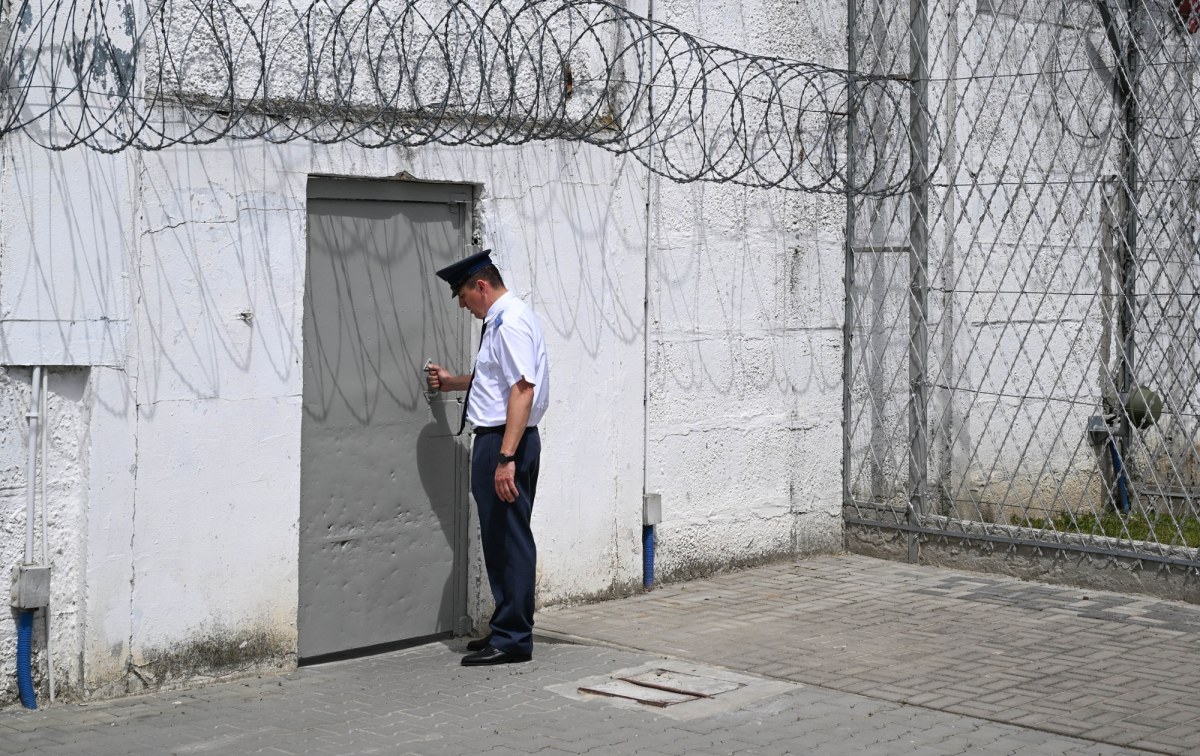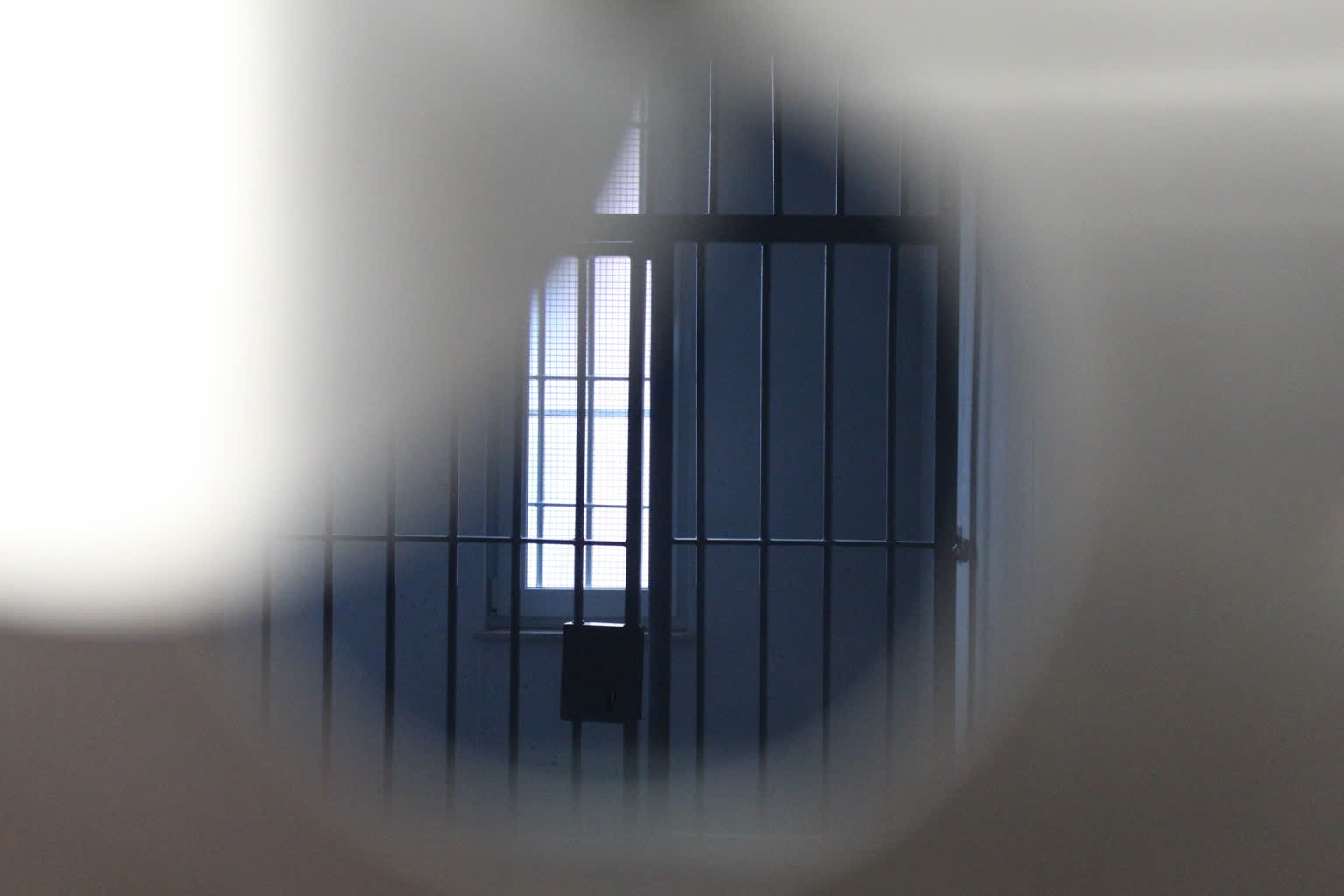
FORT WORTH- Captain Wayne Hoefler, an off-duty pilot for Atlas Air (O9), boarded American Airlines (AA) Flight 154 from Denver International Airport (DEN) to Miami International Airport (MIA) on January 4, 2024.
A sudden door seal failure at 28,000 feet unleashed a deafening hiss, forcing Hoefler to intervene and seal the breach. This act saved the flight but left the Atlas Air pilot with permanent hearing loss, prompting a federal lawsuit against American Airlines.
The incident highlights risks in aircraft maintenance and the toll on crew who step up in crises. Hoefler now battles constant tinnitus and wears hearing aids, challenging his future as a long-haul pilot. His case demands accountability for what he calls preventable negligence.
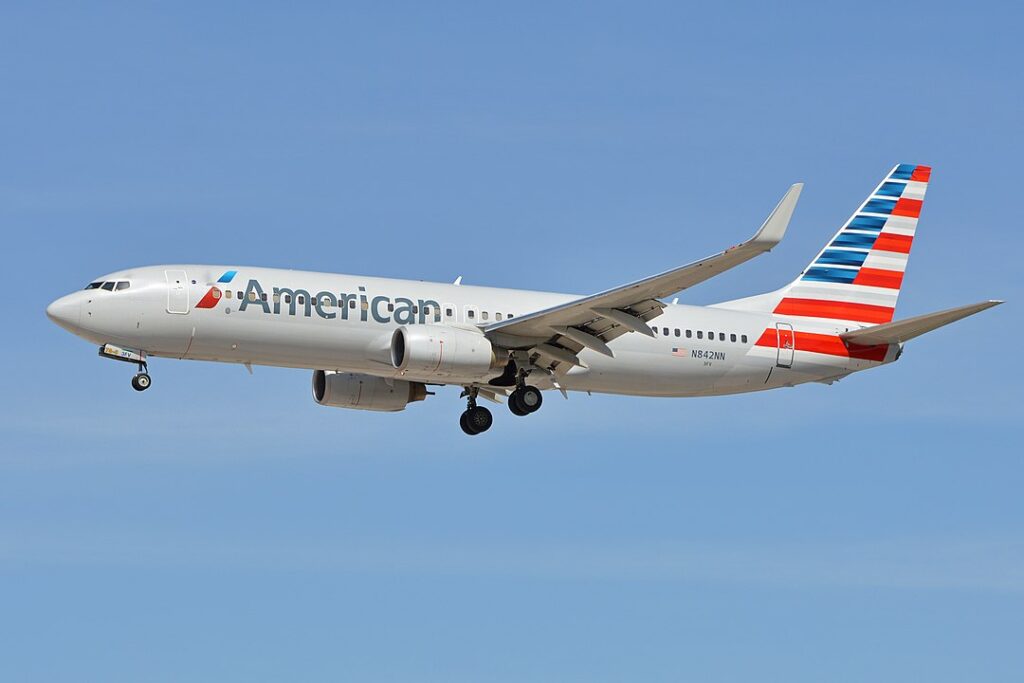 Photo: By Alan Wilson from Stilton, Peterborough, Cambs, UK – Boeing 737-823(w) ‘N842NN’ American Airlines, CC BY-SA 2.0, https://commons.wikimedia.org/w/index.php?curid=50381700
Photo: By Alan Wilson from Stilton, Peterborough, Cambs, UK – Boeing 737-823(w) ‘N842NN’ American Airlines, CC BY-SA 2.0, https://commons.wikimedia.org/w/index.php?curid=50381700American Airlines Pilot Hearing Loss
The Boeing 737-8 Max took off smoothly from Denver, climbing through standard pressurization. At cruising altitude near 30,000 feet, a seal in the forward right door failed, releasing high-pressure air in a shrill, unrelenting scream.
Passengers clutched their ears as cold external air rushed in, signaling potential catastrophe.
Hoefler, seated in first class, identified himself as a commercial pilot to a distressed flight attendant. He traced the noise to the door’s base, hidden under an evacuation raft compartment.
Lying on his back with his arm fully extended into the mechanism, he pressed his head inches from the leak. The sound hit frequencies akin to a fighter jet takeoff, exceeding safe decibel levels.
Initial efforts used plastic sheeting, toilet paper, and water to patch the gap. This held briefly but failed after 15 minutes. Hoefler consulted the captain, then reapplied the fix with wadded paper formed into a sturdy plug.
For over 30 minutes total, he endured the blast directly against his ears, frying auditory nerves.
The repair succeeded, silencing the alarm. Flight attendants, who had retreated rearward fearing door ejection, returned forward.
The captain diverted to Dallas/Fort Worth International Airport (DFW) for safety. Passengers deplaned, and a replacement aircraft continued to MIA hours later.
 Photo: Andrew E. Cohen | Flickr
Photo: Andrew E. Cohen | FlickrFlight Diversion and Medical Consequences
Hoefler, 57, a Colorado Springs resident and military veteran, now faces partial deafness in both ears. Tinnitus brings nonstop ringing, buzzing, or hissing with no cure.
He requires hearing aids, complicating FAA-mandated biannual medical exams for pilots over 40.
Back in the cockpit flying Boeing 747 cargo routes for Atlas Air, Hoefler worries about career longevity. The exams demand acute hearing; failure could ground him. His attorney, Justin Walker, notes the profound life disruption from an avoidable exposure.
Medical experts link such high-decibel trauma to irreversible inner ear damage. Hoefler’s symptoms match noise-induced hearing loss, where intense sounds overwhelm cochlear hair cells. Recovery remains unlikely, forcing adaptations like amplified communications in flight.
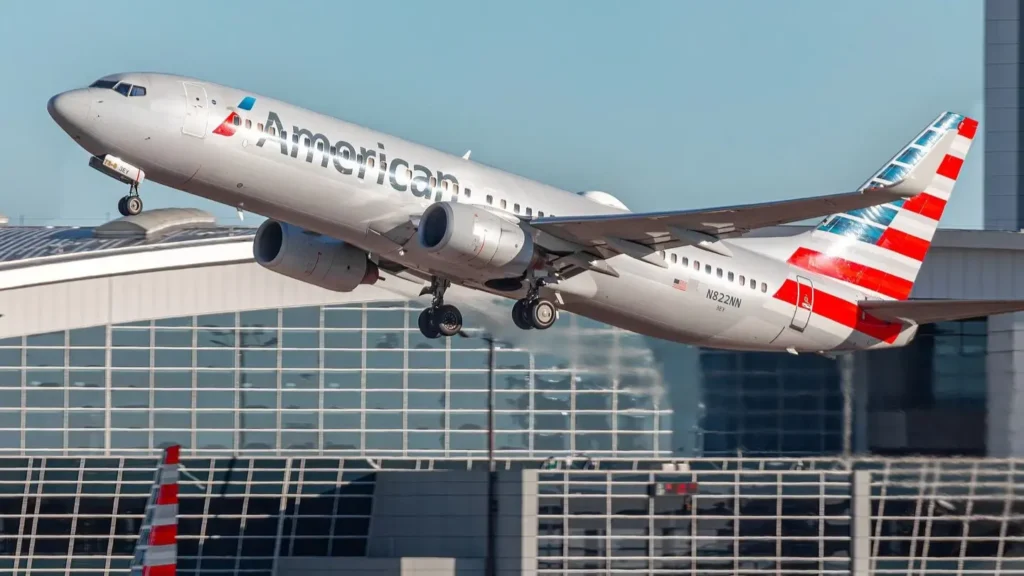 Photo: Cado Photo
Photo: Cado PhotoLegal Proceedings
Filed September 4, 2024, in Denver County District Court and moved to federal September 29, the complaint accuses American Airlines of negligence in aircraft operation, repair, inspection, and maintenance. It claims the seal failure stemmed from overlooked flaws.
Hoefler seeks a jury trial, compensatory damages, interest, and coverage for injuries, lost wages, economic losses, and non-economic harms like pain, suffering, and reduced quality of life. Walker states the suit arose only after the airline rejected responsibility.
American Airlines offered no comment. The case echoes broader scrutiny on Boeing 737 Max safety post 2018 and 2019 crashes, plus the January 5, 2024, Alaska Airlines (AS) Flight 1282 door plug blowout at 16,000 feet over Portland.
That incident sucked items, including a passenger’s shoes, outward, injuring none but grounding fleets.
Boeing settled a $1 billion suit with those passengers over the summer of 2024, pledging safety enhancements. Hoefler’s action underscores gaps in mid-air emergency protocols and crew protection during defects.
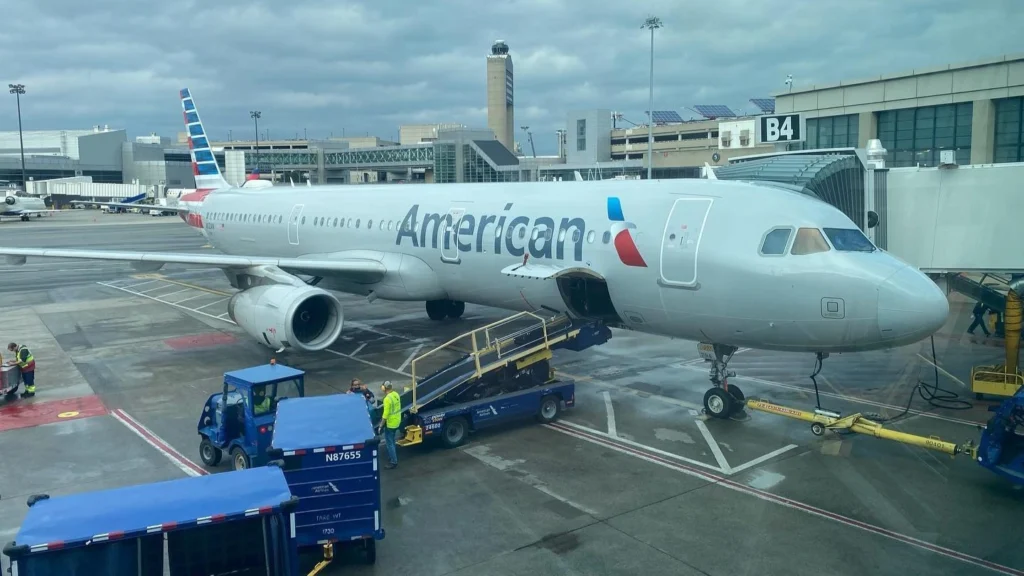 Photo: JFK Spotting
Photo: JFK SpottingBroader Implications for Safety
Depressurization events test aircraft integrity and human response. The FAA requires robust seals to maintain cabin pressure, vital above 10,000 feet. Failures like Hoefler’s expose vulnerabilities in door mechanisms, especially on high-cycle 737s.
Pilots and attendants train for such scenarios, but off-duty aid lacks standard gear like noise-canceling protection. Hoefler’s improvisation averted rapid decompression, which drops oxygen levels and risks hypoxia. Yet it highlights the need for better tools and training.
Industry-wide, airlines invest in inspections, but lapses persist. The Alaska case prompted global probes, revealing loose bolts on multiple planes. Regulators now mandate enhanced checks, potentially influencing Hoefler’s suit outcome.
Hoefler’s resolve pushes for reforms, ensuring future crews face fewer unprotected heroics. His story reminds us that aviation’s safety hinges on proactive maintenance, not reactive fixes at altitude.
Stay tuned with us. Further, follow us on social media for the latest updates.
Join us on Telegram Group for the Latest Aviation Updates. Subsequently, follow us on Google News
American Airlines Faces Lawsuit for Firing Visually Impaired Reservations Agent
The post American Airlines Faces Lawsuit from Pilot: After Hearing Loss at 30,000 Feet appeared first on Aviation A2Z.

 1 miesiąc temu
1 miesiąc temu










